The Scofield Study Bible has been around for over 100 years. It’s the oldest study Bible on the market and is available through several publishers as the KJV Classic Study Bible (With C.I. Scofield Notes). The KJV Store has released a wide margin edition in red letter to coincide with their 15th anniversary. It comes in black lambskin. The KJV Store Classic Wide Margin Study Bible (With C.I. Scofield Notes) Lambskin Edition is made in the USA.
The KJV Store provided this Bible in exchange for an honest review. I was not required to give a positive review, only an honest one. All opinions are my own.
_________________________________________________________
This Bible is available at The KJV Store
_________________________________________________________
Table of Contents
- Video Review
- Cover and Binding
- Paper
- Typography
- References
- Book Introductions
- Study Material
- Concordance
- Maps
- Conclusion
Video Review
Cover and Binding
The cover is black lambskin. It has a smooth grain but it does have enough texture to stand out. It’s flexible but not too floppy to hold. It includes stitching around the perimeter. It also has a decorative line etched around the edges.
It has nothing printed on the front. The spine has HOLY BIBLE, RED LETTER, KING JAMES VERSION, WIDE MARGIN STUDY BIBLE, and The KJV Store logo printed in gold. The spine includes 5 raised ribs. The ribs don’t flex like some of the other’s I’ve seen, but it still brings the text block upward when the Bible is opened, allowing the page the lay flat. The spine looks amazing with the lambskin.
It’s edge-lined with a synthetic liner and the binding is Smyth sewn. It had no trouble staying completely open in Genesis out of the box.
It includes black and gold head/tail bands and two black ribbons. The ribbons are thin and long. They’re easy to pull to the corner of a page to open the Bible. They’re thin enough that they don’t get in the way for reading or preaching. The overall size is 9.8 x 6.8 x 1.75″. It weighs 3 lbs, 3.8 oz. It’s about the size of a study Bible. This is an excellent size for laying on the table or in your lap for reading or study, and for preaching from the pulpit.
Paper
The paper is 22#, which is around the mid 30’s in gsm. It’s white in color and has a slightly rough texture that makes the pages easy to turn. It has a slight glare under direct light, like from a desk light, but not from the normal lighting of a room. It isn’t enough to bother me or keep me from using it. The paper is opaque. I mostly notice the text on the other side of the page when reading red letter with black letter behind it. The page edges are gold-gilt.
The front includes family presentation pages including family records, children, marriages, grandchildren, and deaths. It includes several thick end sheets in the front and back to build the structure. It has 6 regular Bible pages that are labeled for notes. The label is a little bit too low on the page in my opinion. This might cause you to write above it and around it.
Typography
The text is set to double-column verse-by-verse with references in the center column and commentary at the bottom of the page. The header shows the chapter and verse numbers for the first and last verse on each page. They’re placed over the outer edge of both columns. The book name is in bold in the center. The text also includes section headings in italics with references for parallel passages.
The font looks to be an 8 point. It’s an old metal-press typeface that was set by hand in the early 1900s. It’s sharp, dark, and easy to read. The red letter goes through Revelation. This is a bold red. It does have some variation from about a medium to dark in darkness. It averages around 6-8 words per line. It was designed before line-matching was ever needed (older paper didn’t have the show-through of today’s paper). The text does not include self-pronouncing marks. Instead, that information is placed in the back.
It has more section heading than most Bibles. Gen 1:1 has 10 section headings. They’re used to create paragraphs. They do include some theology. Some blend in with the text and are a little difficult to find. They do describe the text well, making them great for preaching and study but not as good for reading. There are also breaks within the books to show major breaks in the sections if the book has them naturally (like Psalms). The breaks go across both columns.
This is a wide margin edition. It doesn’t have a wide inner margin. The margins are 1/4″ inside, 1-1/2″ outside, 1″ top, and 1″ bottom. There isn’t margin space on the inside for the inner margin, so all of the notes for the inner margin have to be written in the top, bottom, or outer margin. If you don’t plan to write extensive notes and you don’t mind if the note is next to the verse this might be ideal for you. I recommend writing the verse number the note corresponds to in order to make it easier to identify.
References and Footnotes
References and footnotes are keyed to the text with letters. You cant know without looking if the letter is for a reference or a note. They’re in alphabetical order down the left column and then to the right column. This means that a reference for a verse at the top of the page might appear closer to the bottom of the page. The top of each column includes a date (from Usher’s chronology) to show when the events took place.
The references include subjects and include a chain system with the next reference in the chain. The chains include the first and last references in parenthesis so you can start at the beginning of a chain or to the summary no matter where you start in the chain. The summary appears on the page of the last verse of the chain and is part of the commentary of that page. Some include charts.
Here are some example references to help you compare:
- Genesis 1:1 – Jn 1:1; Diety (names of) Gen 2:4, 7; Gen 1:1; Mal 3:18
- Deuteronomy 6:4 – Mk 12:29
- Isaiah 9:6 – Lk 2:7; Jn 3:16; 1 Jn 4:9; Christ (first advent) Is 28:16; Gen 3:15; Ac 1:9; Kingdom (OT) vs 6, 7; Is 11:1-2; Gen 1:26; Zech 12:8; Israel (prophesies) vs 6, 7; Isa 11:1-3; Gen 12:2,3; Rom 11:26
- Matthew 17:20 – Mt 16:8; 21:21; Lk 176; Faith Mk 9:23; Gen 3:20; Heb 11:39
- Mark 11:23 – Mt 17:20; Lk 11:1; 17:6; Jn 14:13, 14
- Mark 12:29 – Jehovah Dt 6:4
- John 1:1 – Rev 19:13; Jn 17:5; Heb 1:8, 13; 1 Jn 5:20
- John 2:19 – Mt 2:61; 27:40
- Acts 2:38 – Ac 3:19; Mt 3:2; Ac 17:30; Mt 26:28; Rom 3:23
- 1 John 1:1 – Jn 1:1; 1 Jn 2:13; Jn 5:24; Ac 4:20; Jn 1:14; 2 Pet 1:16, 17; Lk 24:39; Jn 20:27; Jn 1:1, 14
Section and Book Introductions
Sections, or genres, are introduced separately. For example, the poetic books, prophetic books, gospels, etc., have an introduction. They show the chronological order of the books in that genre using Usher’s chronology.
The books are introduced with a few paragraphs and include information about the author, setting, main themes, a simple outline, major divisions, and the dates the events took place according to Usher’s chronology.
Study Material
The indexes are also in wide margin so you can add more information or notes of your own.
Commentary – The commentary is keyed to the verses with numbers. It provides the number in the verse and in the commentary, but it doesn’t provide the verse number in the commentary to know which verse corresponds to. If you see a note that looks interesting it might take some time to figure out which verse it goes with. There isn’t an abundance of commentary. It’s more based on specific themes from the pages rather than verse-by-verse commentary. Often, I’d check a specific verse and there wouldn’t be any notes for that verse. There aren’t so many notes that it’s difficult to find a certain verse quickly. The notes include Hebrew and Greek.
Index – this is an 8-page index to the Scofield analyses, notes, definitions, summaries, and subjects. It covers everything except the book introductions and running analysis (section headings that create paragraphs). Its purpose is to help preachers with sermon prep, Sunday school teachers in preparing their classes, and other ministerial workers prepare their material.
Dictionary of Scripture Proper Names – this is a 44-page index with all of the proper names in the Bible. It shows the names, pronunciation, a short description, and references.
Subject-Index – This is a 38-page topical index. It lists subtopics and Scriptures for each. This is one of the strengths of this Study Bible. It’s excellent for sermon prep and personal study.
Concordance
The concordance is 162 pages with 2 columns per page. There are a lot of entries, making this an excellent concordance for study and sermon prep. The main references are provided verse-by-verse with snippets from the verses, and then several more are placed under the last reference with just their references. This is also in wide margin so you can add more if you want.
Here are a few example entries with the number of references they provide:
- Christ – 15
- Christian – 3
- Faith – 133
- Faithful – 57
- Faithfully – 4
- Faithfulness – 11
- Faithless – 4
- God – 60
- God (an idol) – 20
- Goddess – 3
- Godhead – 3
- Godliness – 14
- Godly – 14
- God Save the King – 1
- Praise (n) – 41
- Praise (v) – 25
- Pray – 45
- Prayer – 39
Maps
It has 12 colorful maps on thick pages. The colors are bold and it can be a little difficult to read, but they contain a lot of information. These are the old Oxford maps that were used many years ago. The maps include longitude and latitude, elevation, distance, land structure, cities, Scripture references, dates, territories, routes, etc.
It includes a 6-page index to maps.
Maps include:
- Lands and Nations of the Bible
- Egypt, Sinai Peninsula, and Syria (with Plan of the Tabernacle inset)
- The Promised Land
- The Hebrew Kingdom Under David and Solomon (with Jerusalem of David and Solomon, Solomon’s Temple, and Solomon’s Temple and Palace inset)
- Kingdoms of Judah and Israel (with Jerusalem in 440 BC, and Persian Province of Judah Under Nehemiah 445 BC.
- Assyrian and Babylonian Empires
- Persian and Greek Empires
- The Ptolemaic Seleucid and Roman Empires 250-150 BC, and Palestine Under the Maccabees
- Palestine in the Time of Christ (with Temple of Herod, and Jerusalem Before 70 AD inset)
- Mediterranean Lands Illustrating the Acts and Epistles
- Roman Empires of the 1st Century After Christ
- Galilee, and Environs of Jerusalem
Conclusion
The KJV Store Classic Wide Margin Study Bible (With C.I. Scofield Notes) Lambskin Edition is an excellent edition of the Scofield Study Bible. The print is dark and readable. The paper is highly opaque and is great for writing. It’s not too large to carry. I preached from this Bible several times and found it to be an excellent pulpit Bible. If you’re interested in a wide margin edition of the Scofield Study Bible, The KJV Store Classic Wide Margin Study Bible (With C.I. Scofield Notes) Lambskin Edition is an excellent choice.
_________________________________________________________
This book is available at The KJV Store
_________________________________________________________
The KJV Store provided this Bible in exchange for an honest review. I was not required to give a positive review, only an honest one. All opinions are my own.

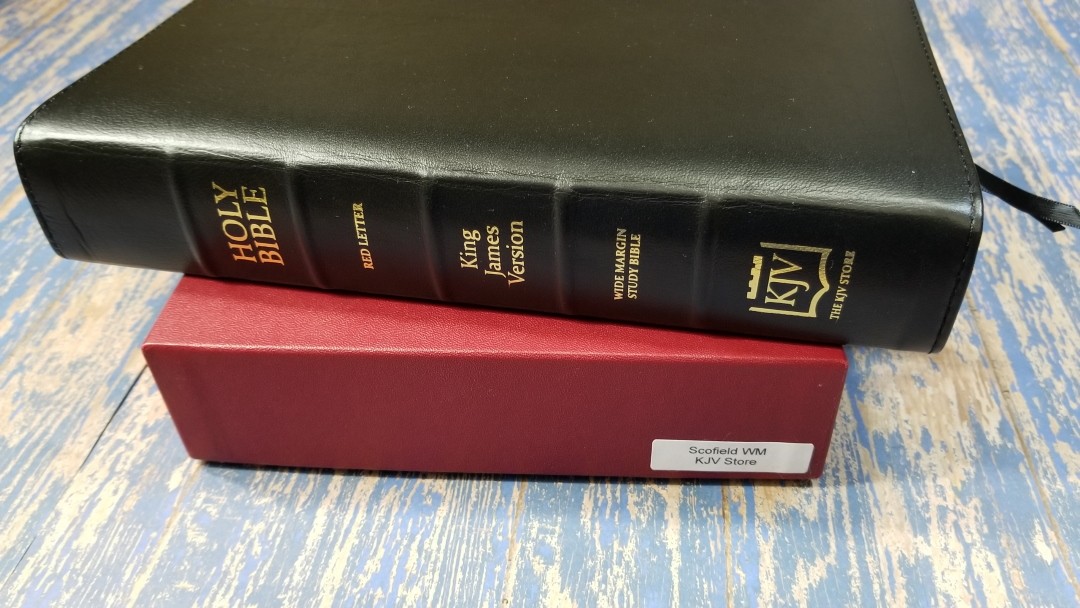
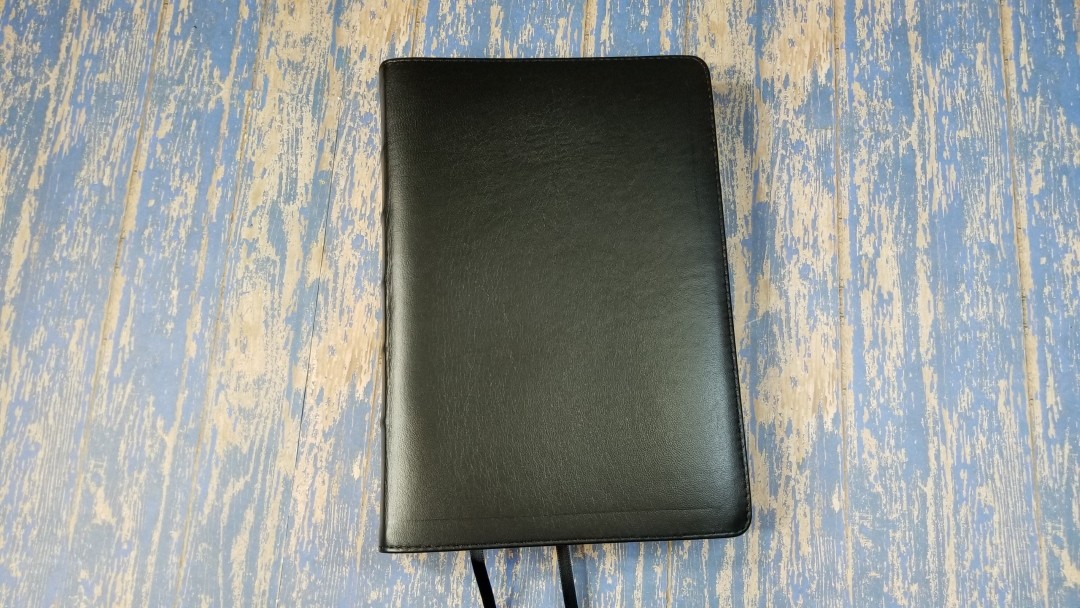
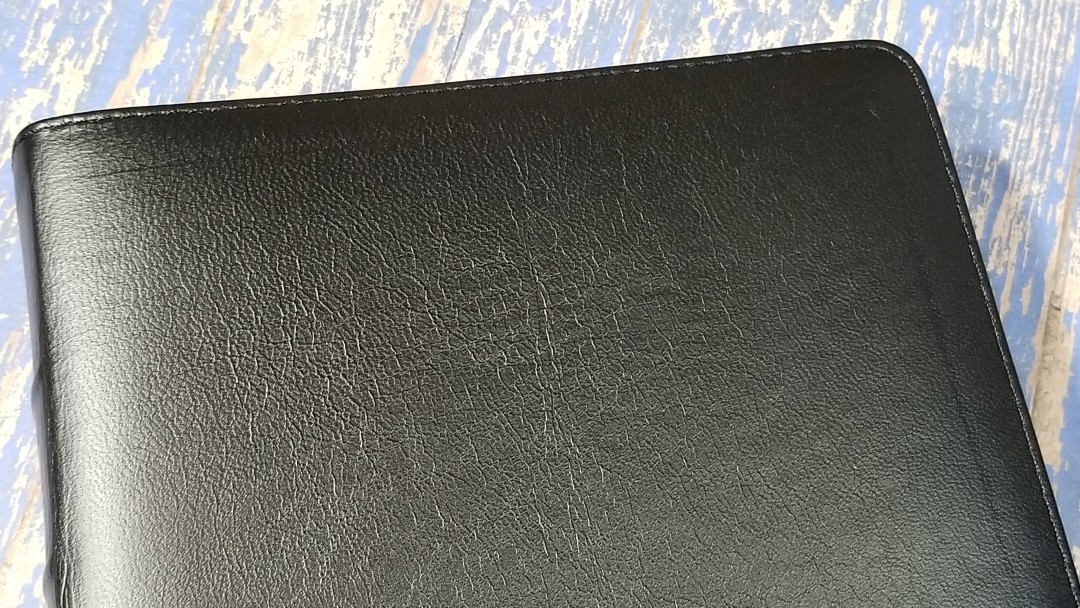
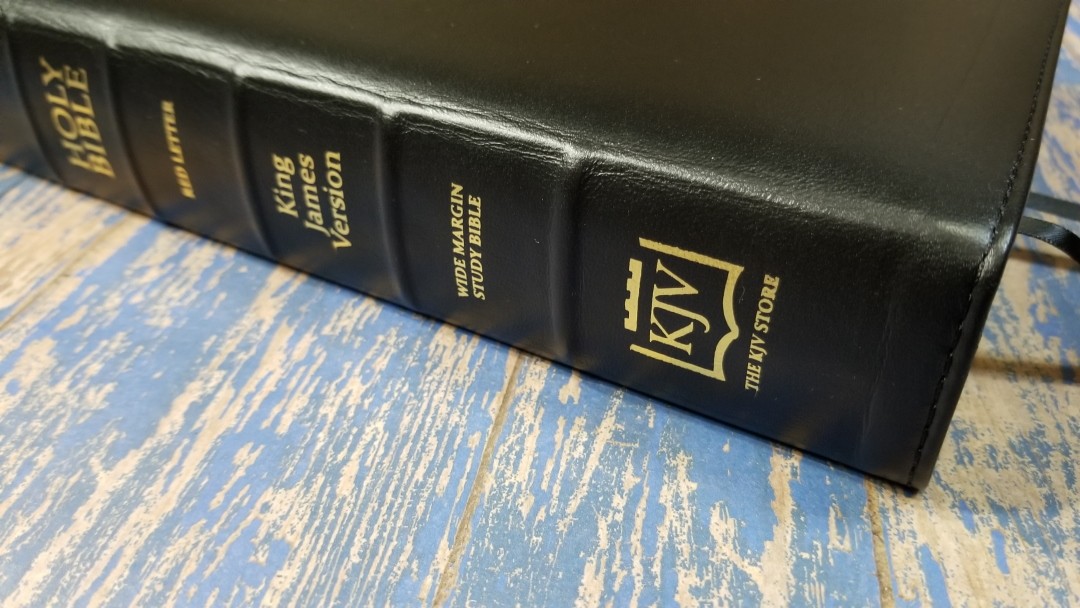
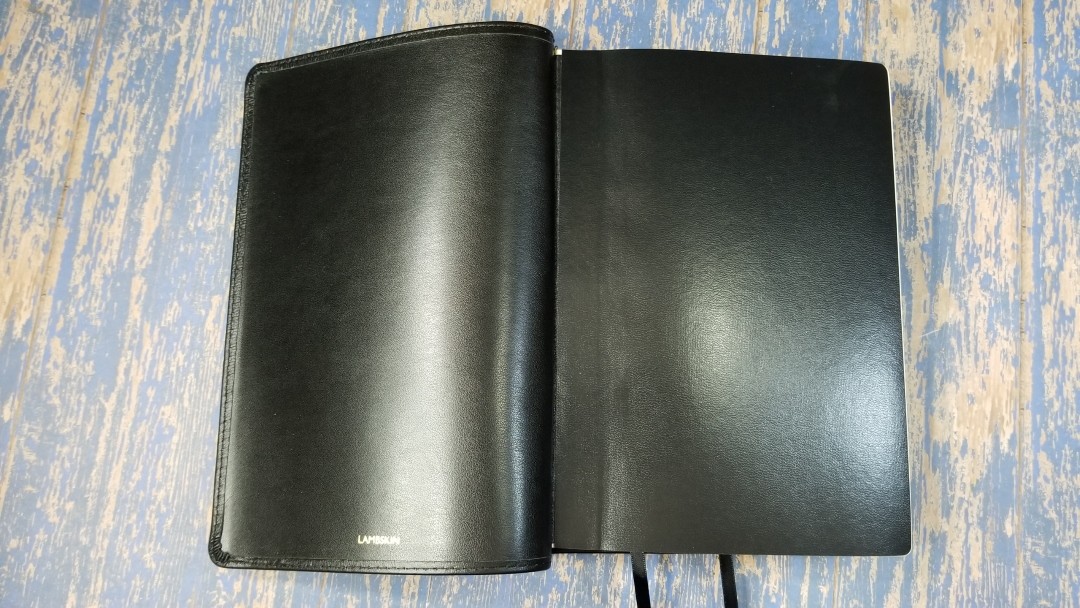
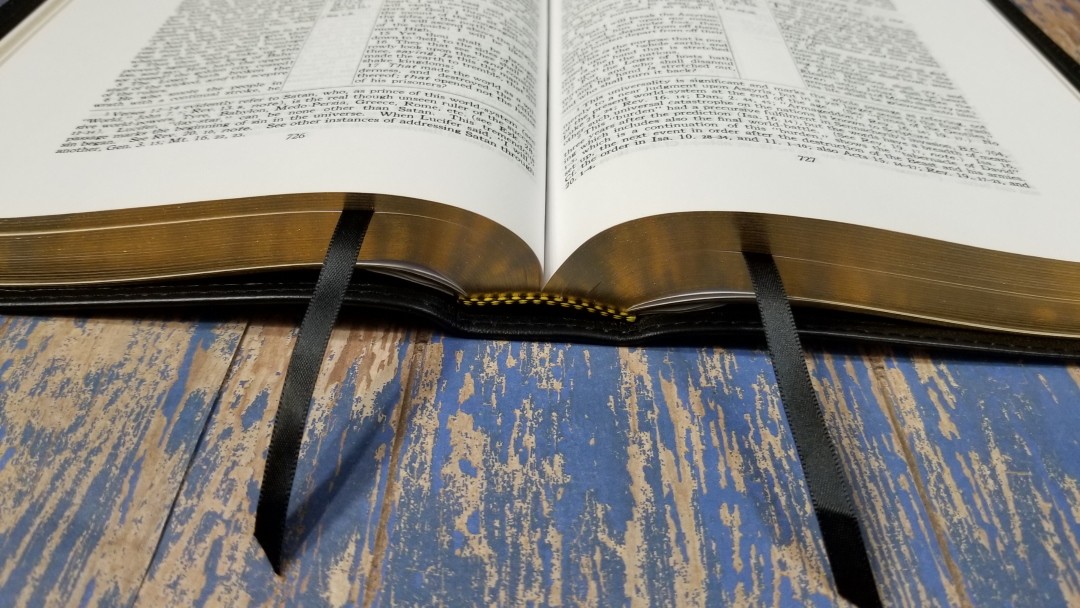
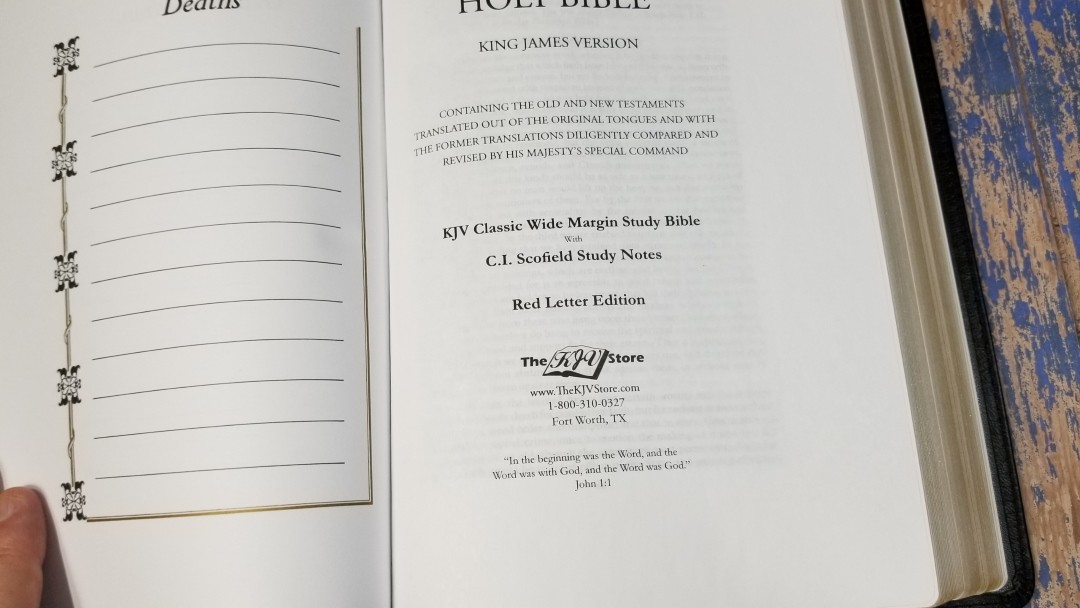
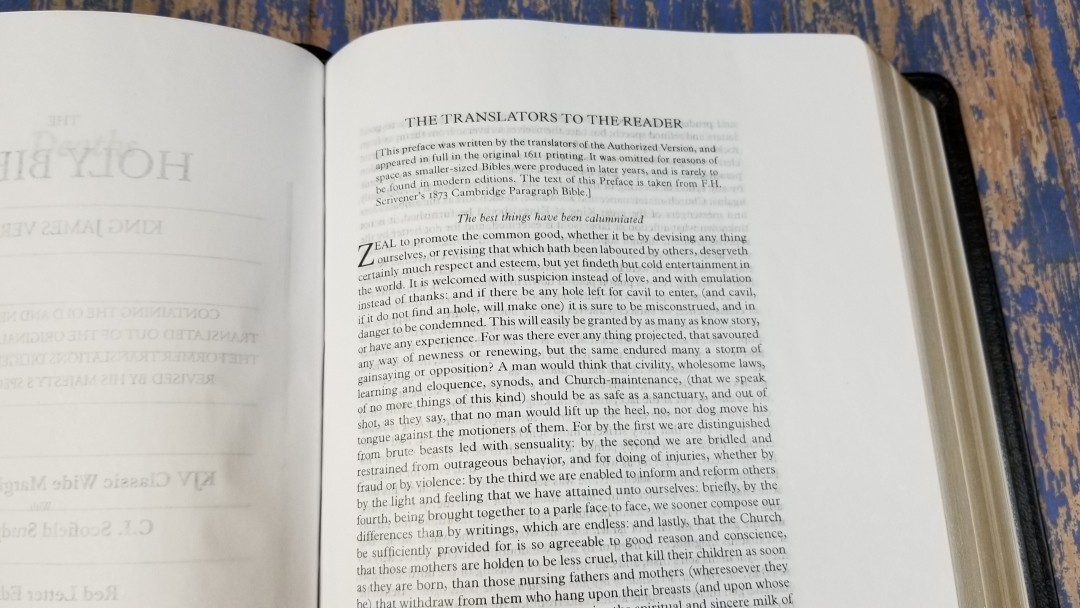
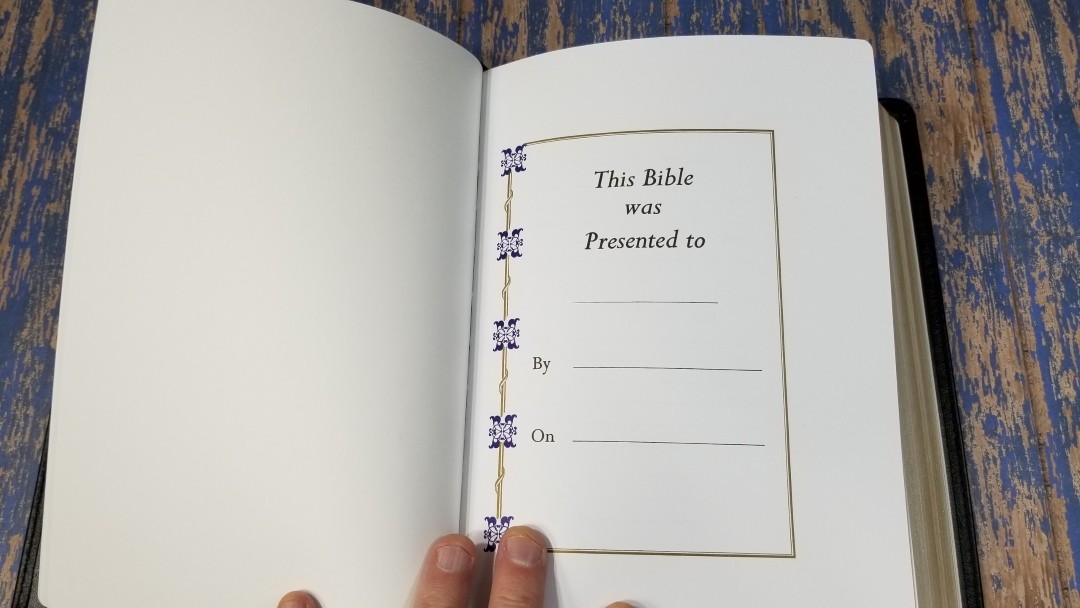
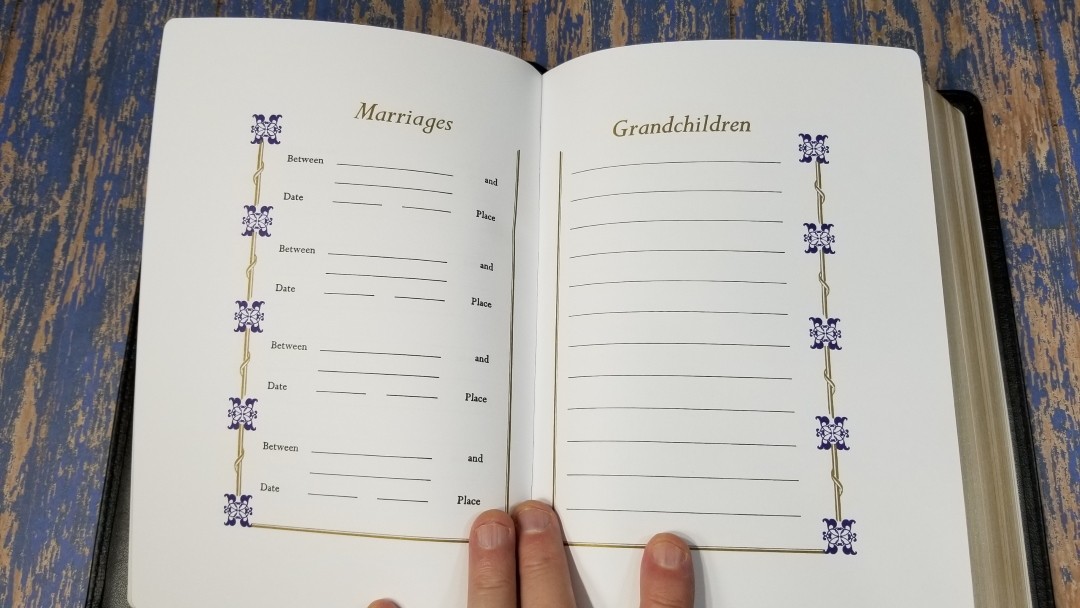
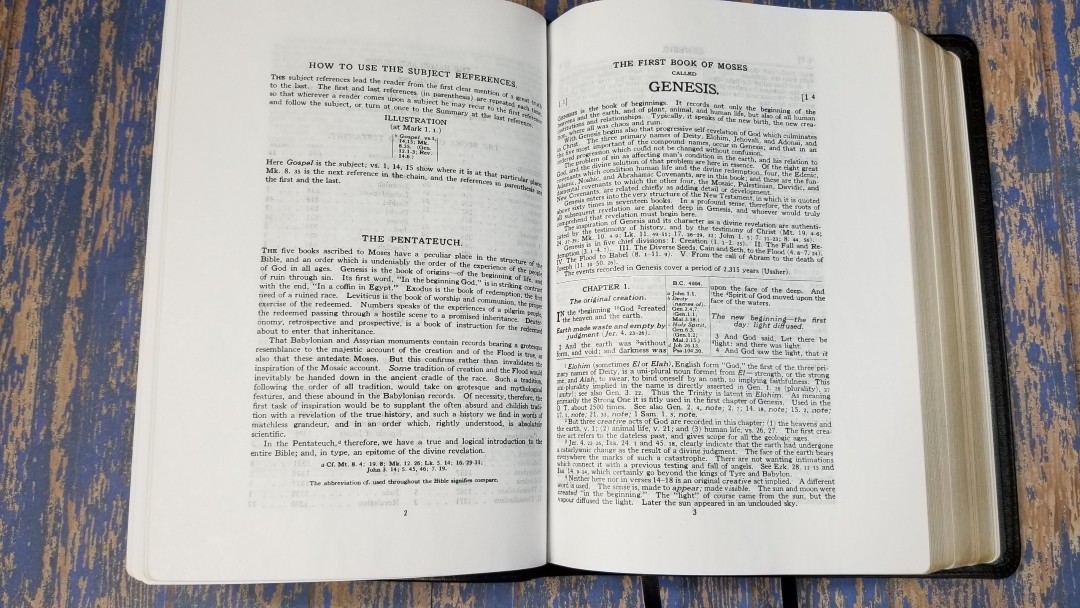
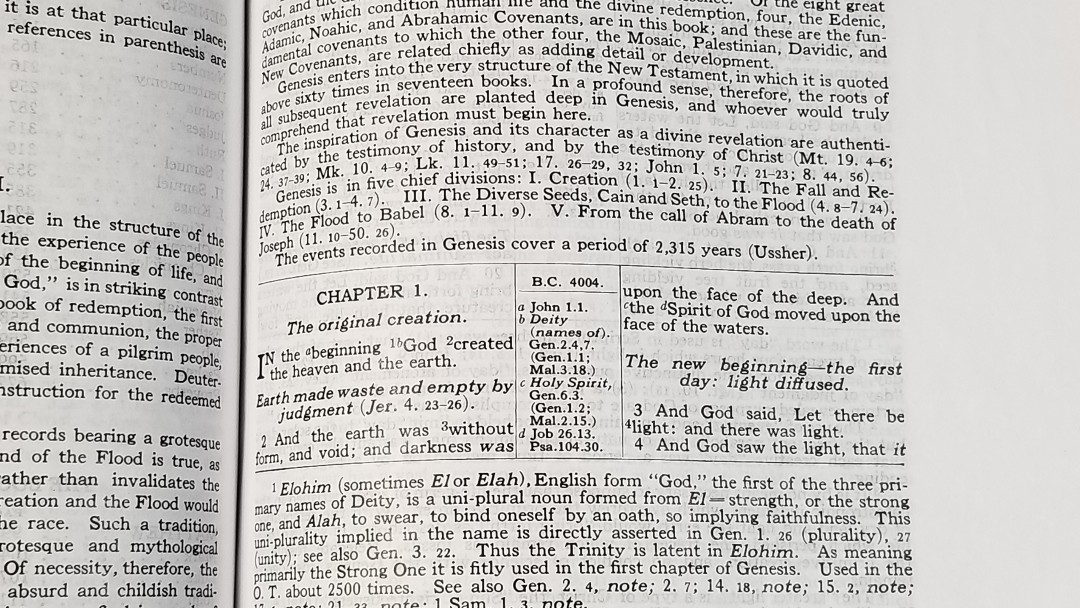
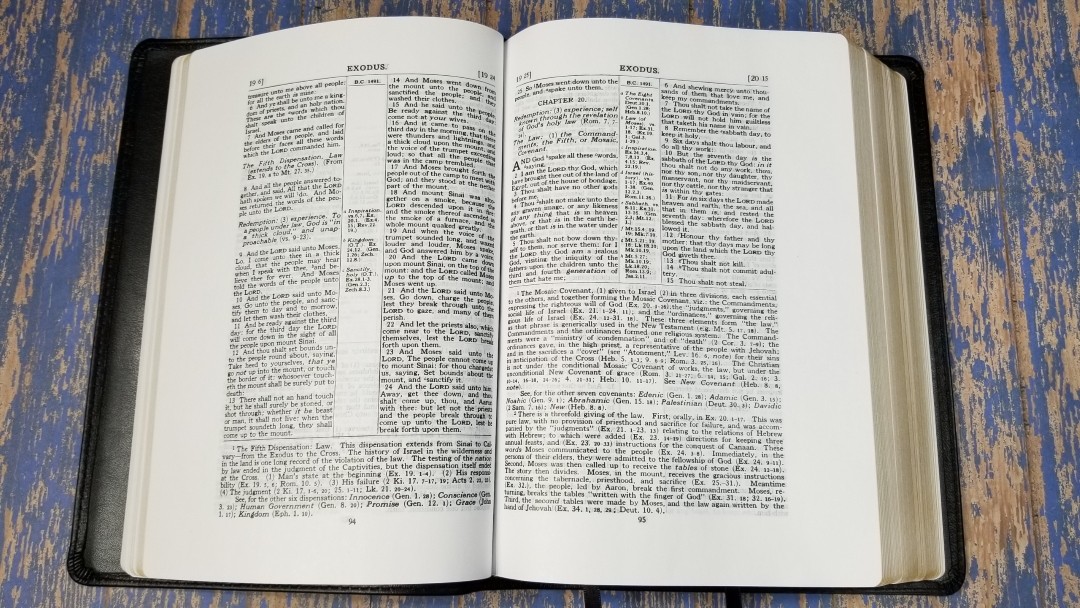

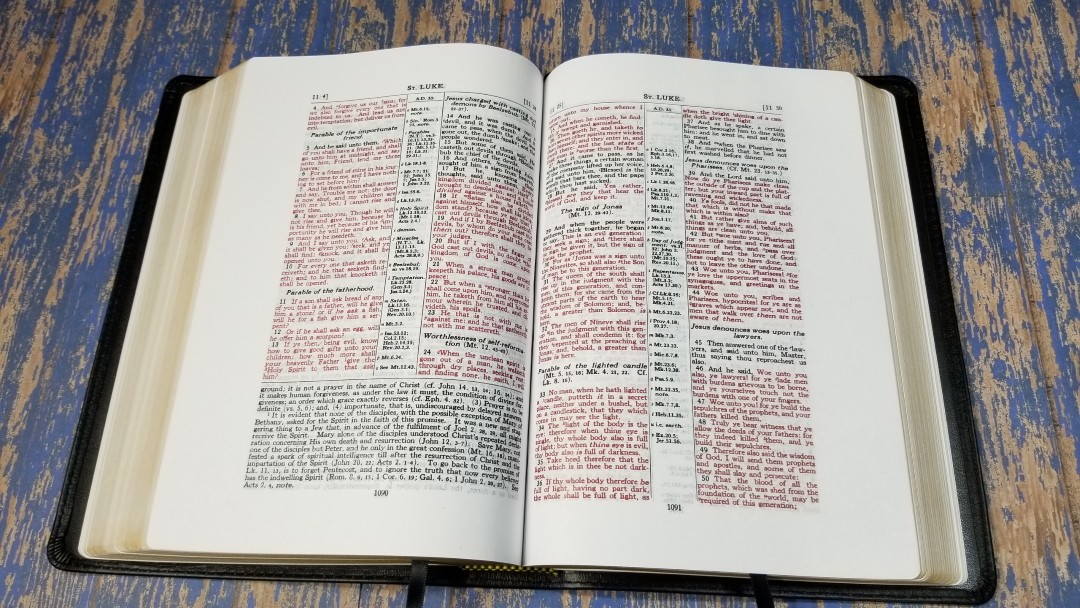

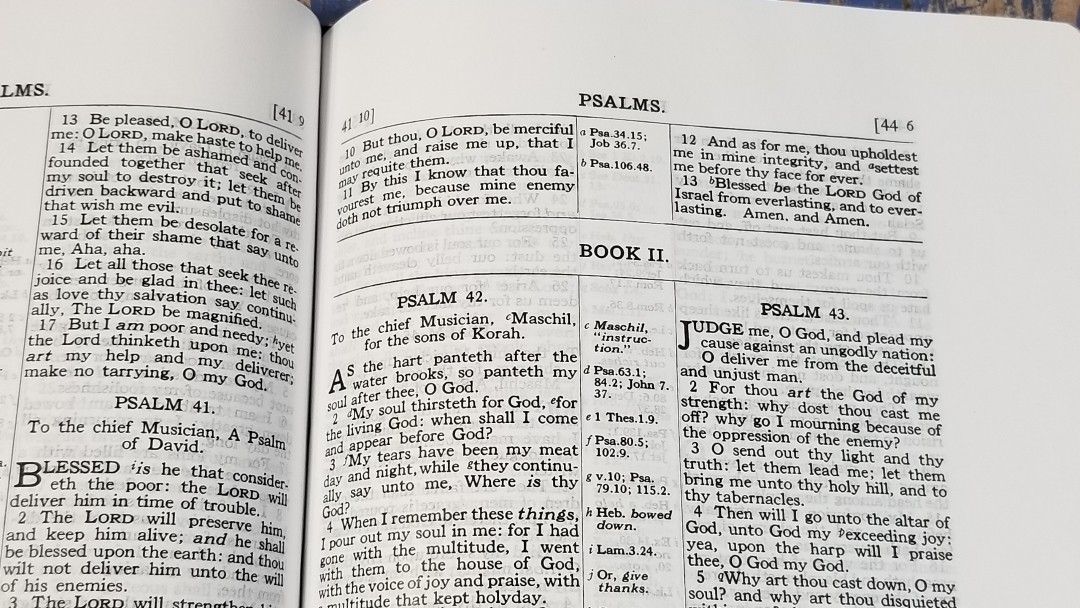
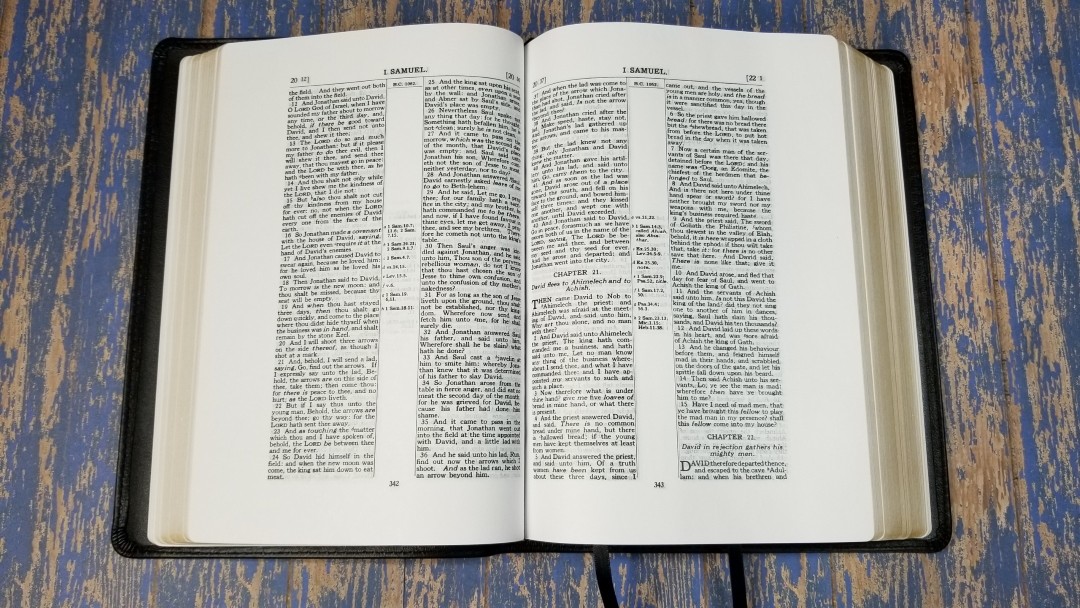
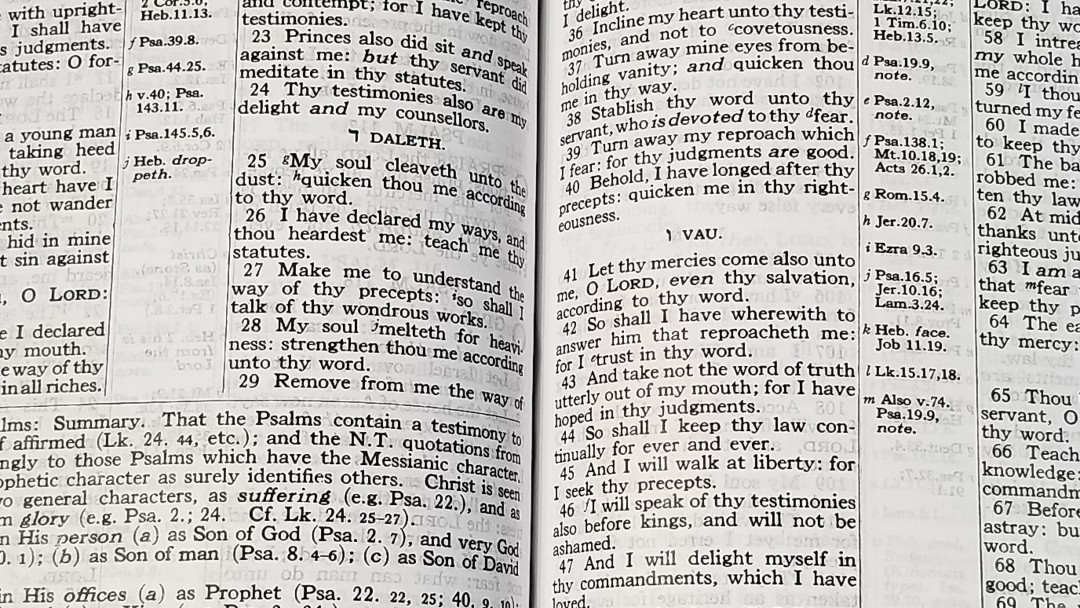
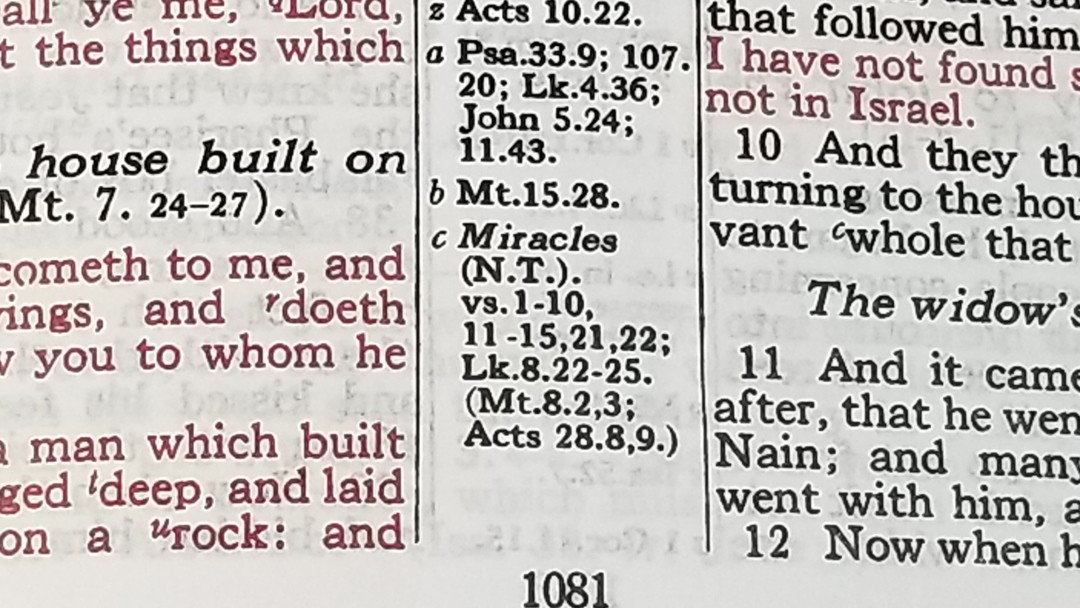
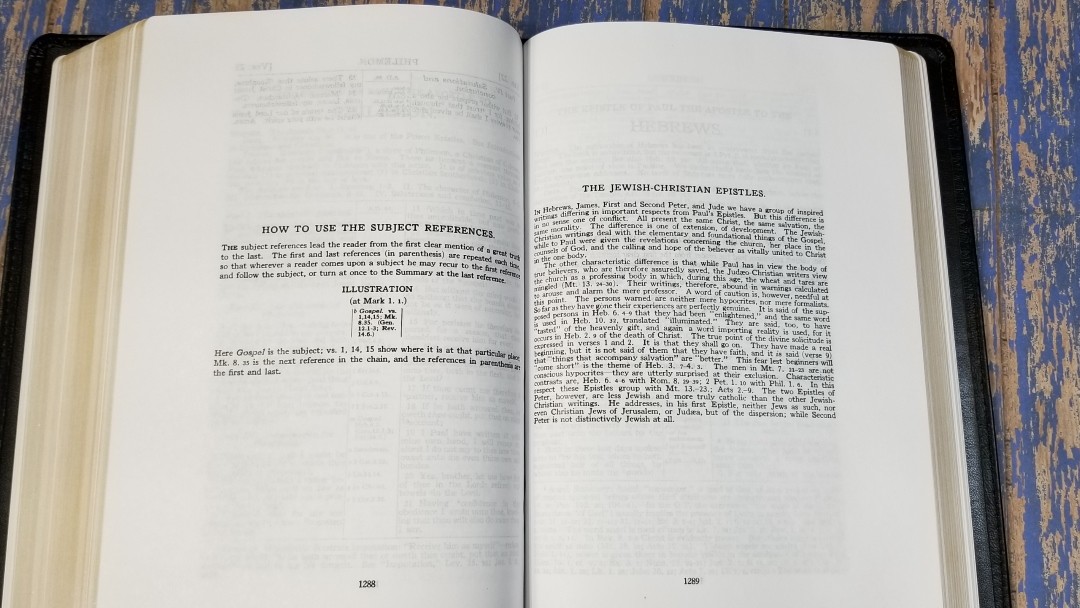
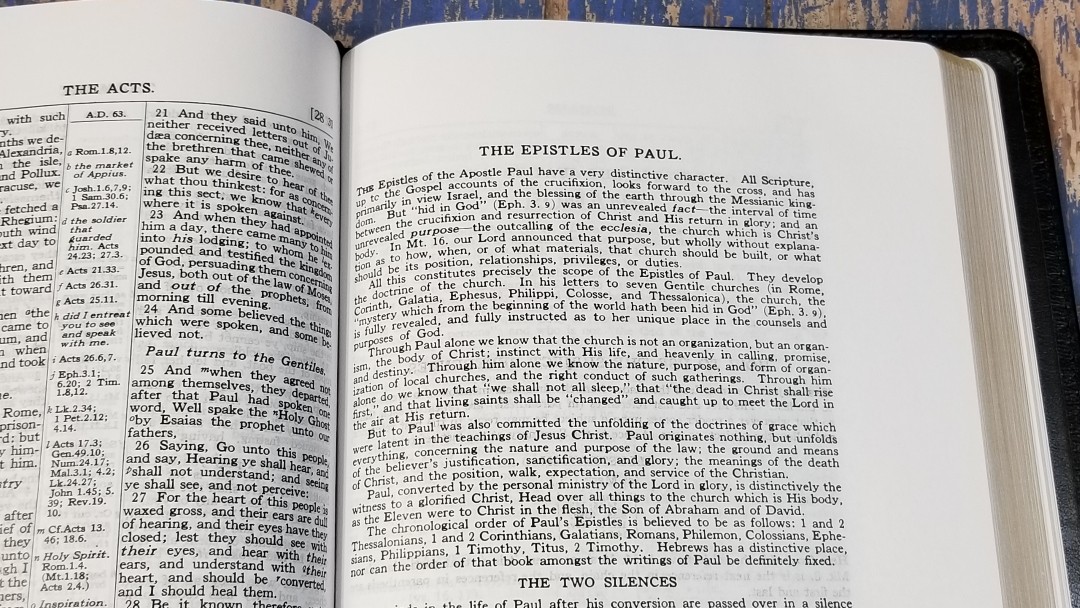
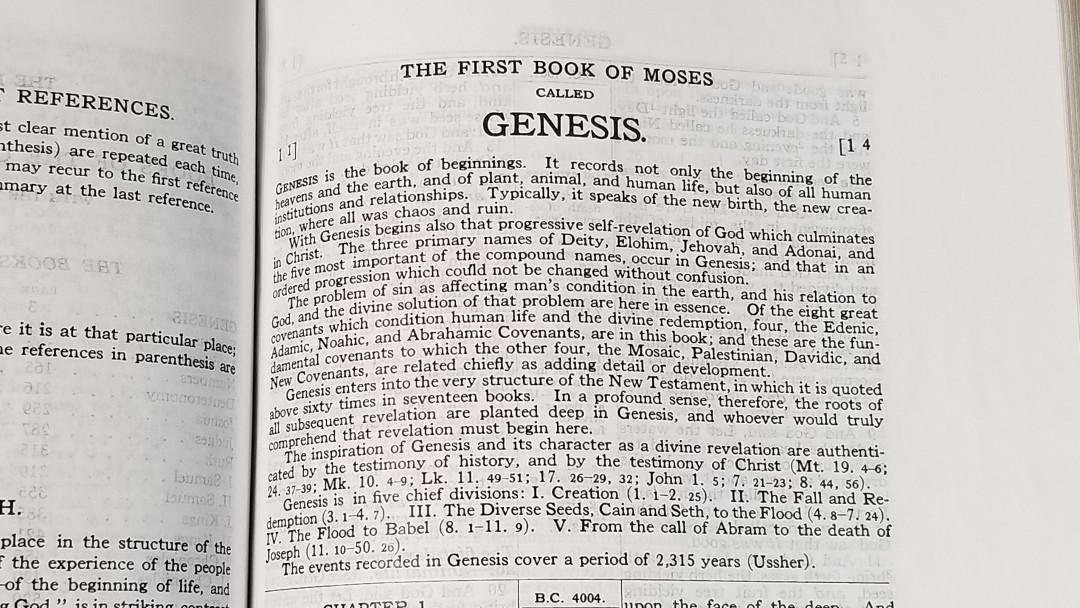
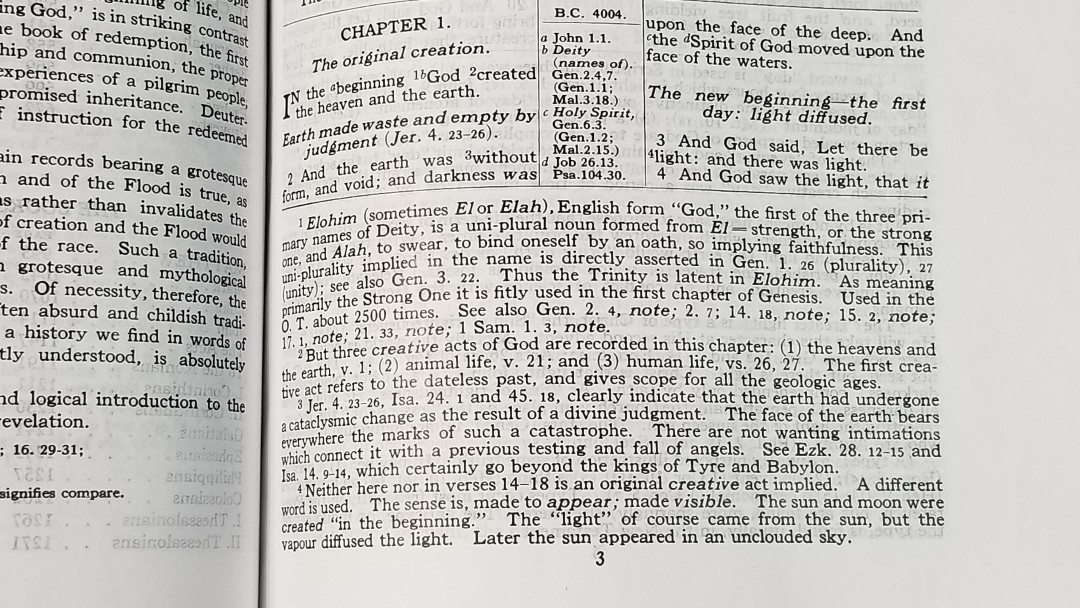
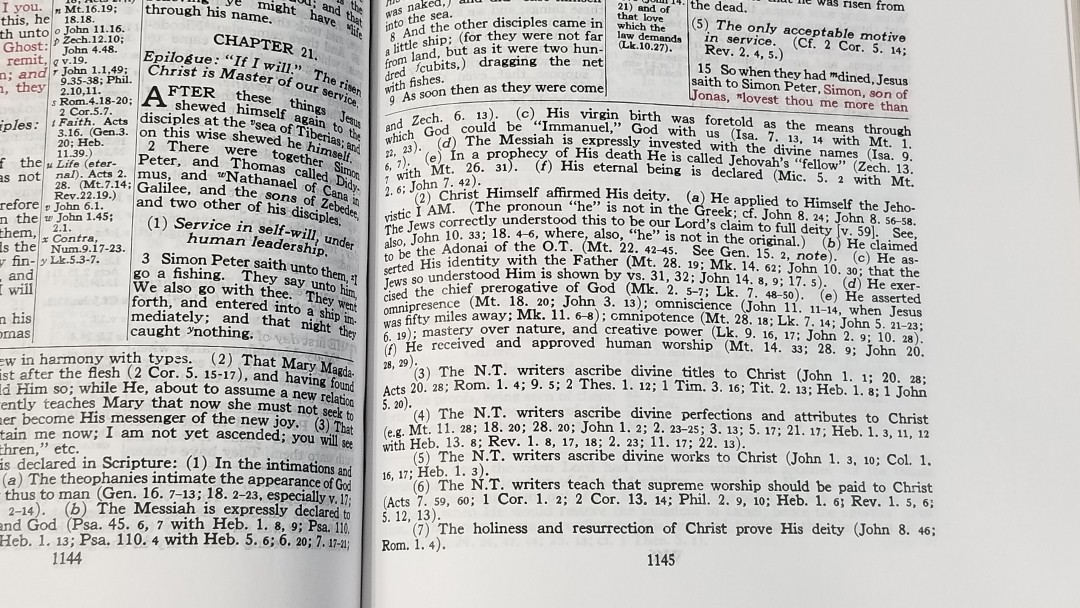
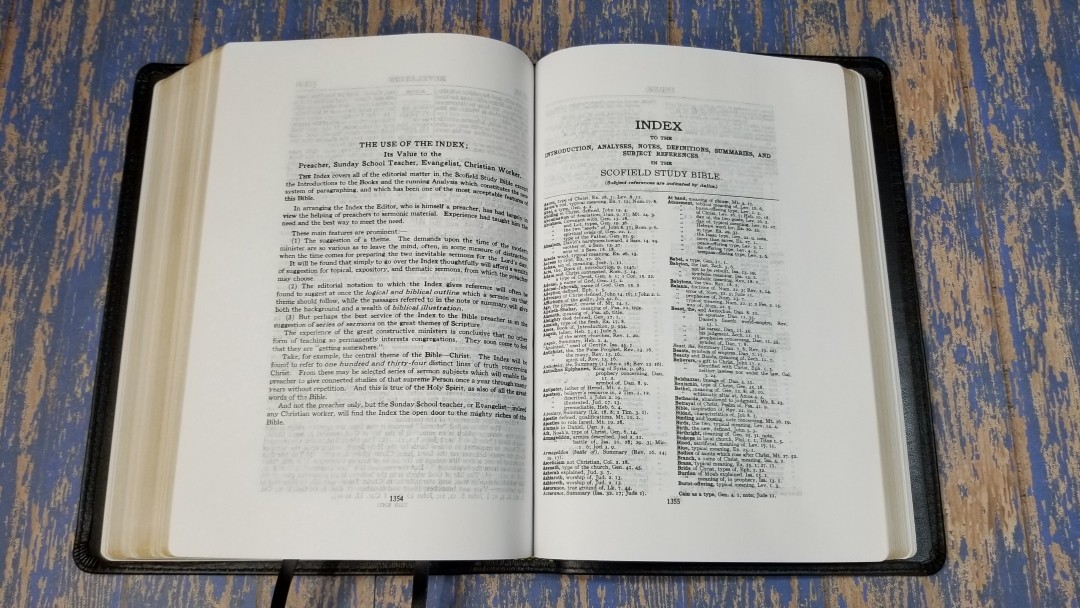

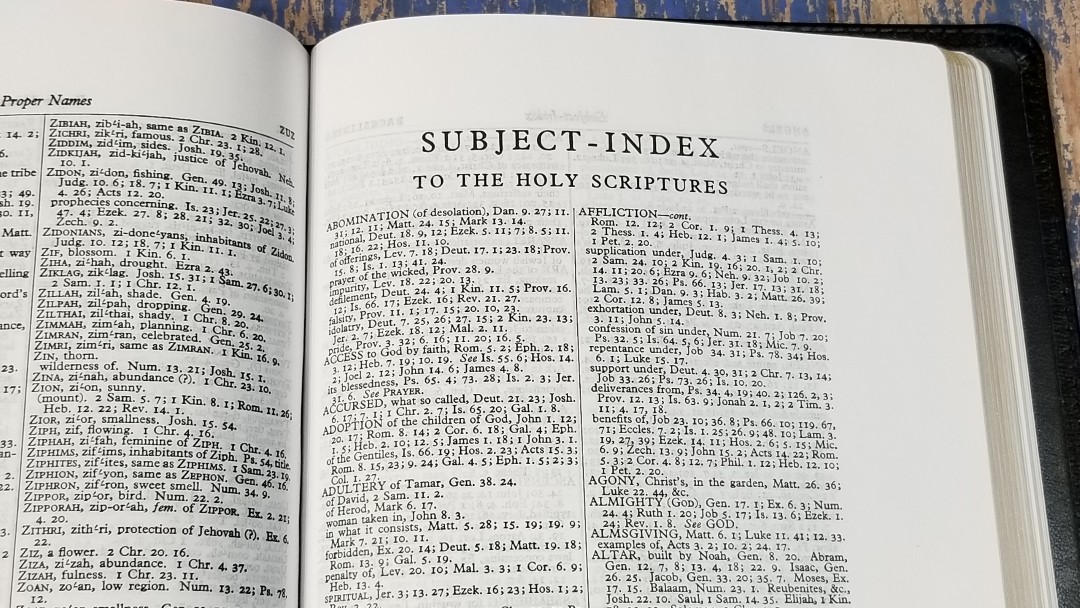
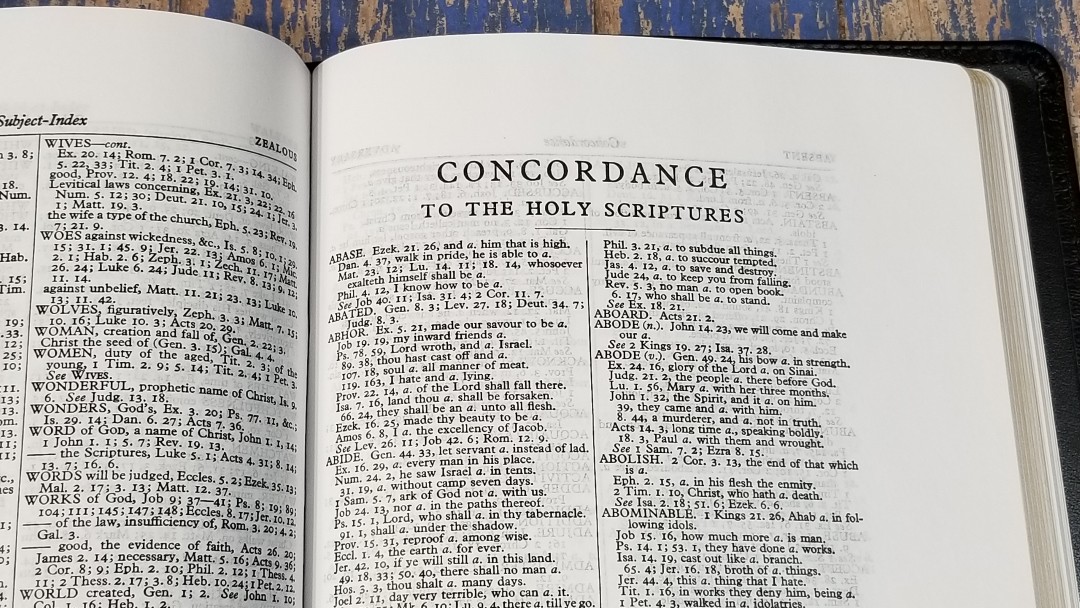
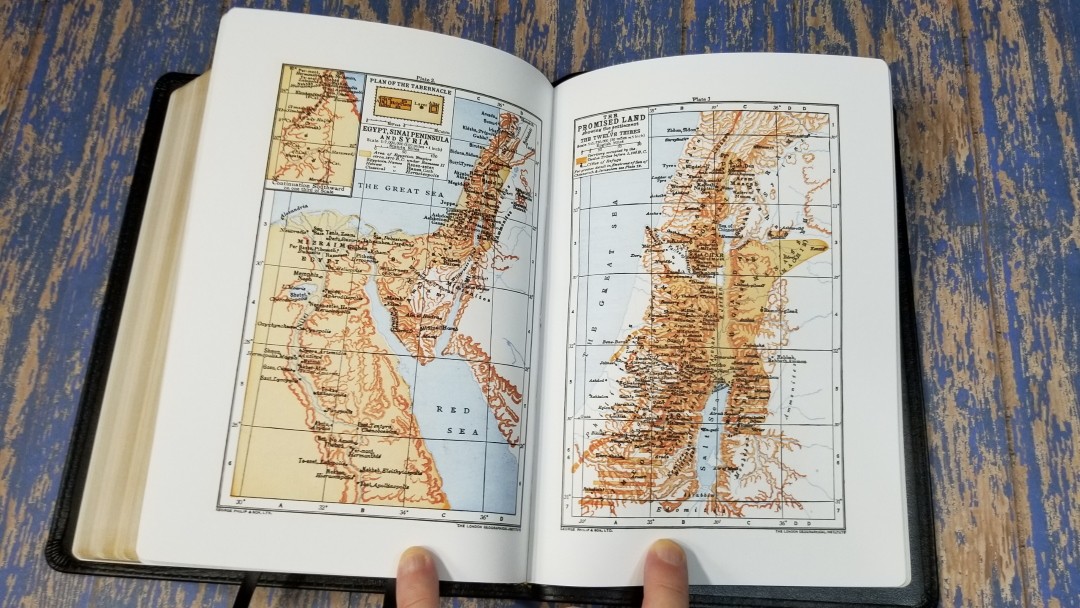
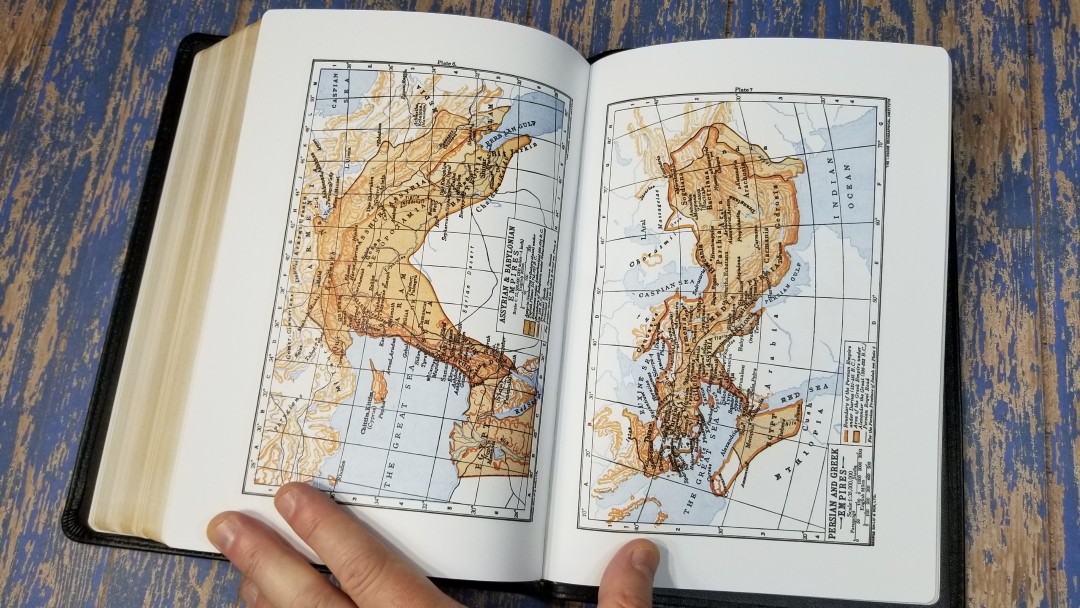
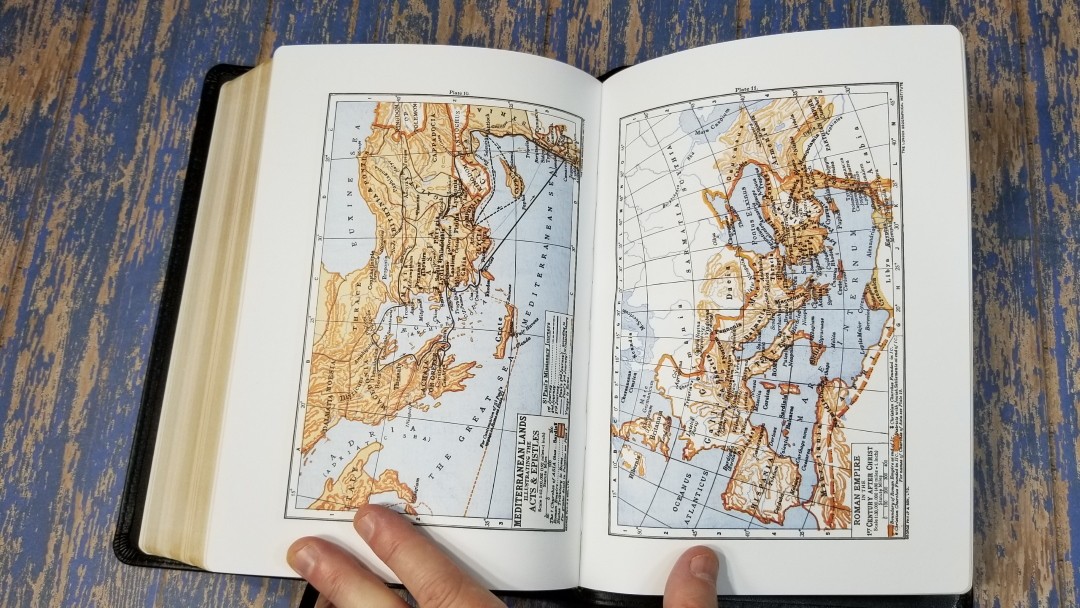
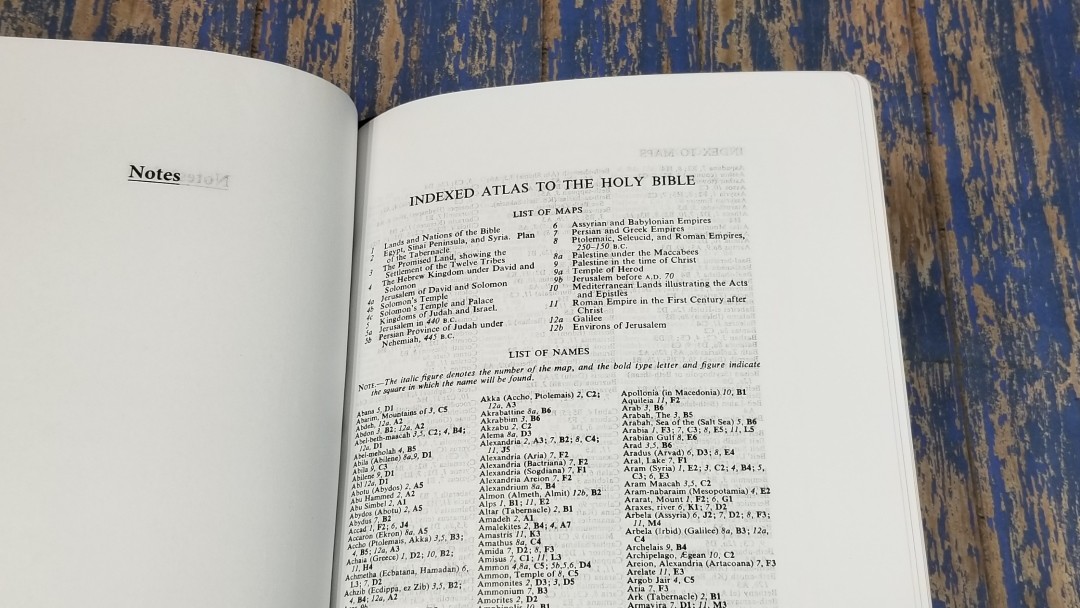
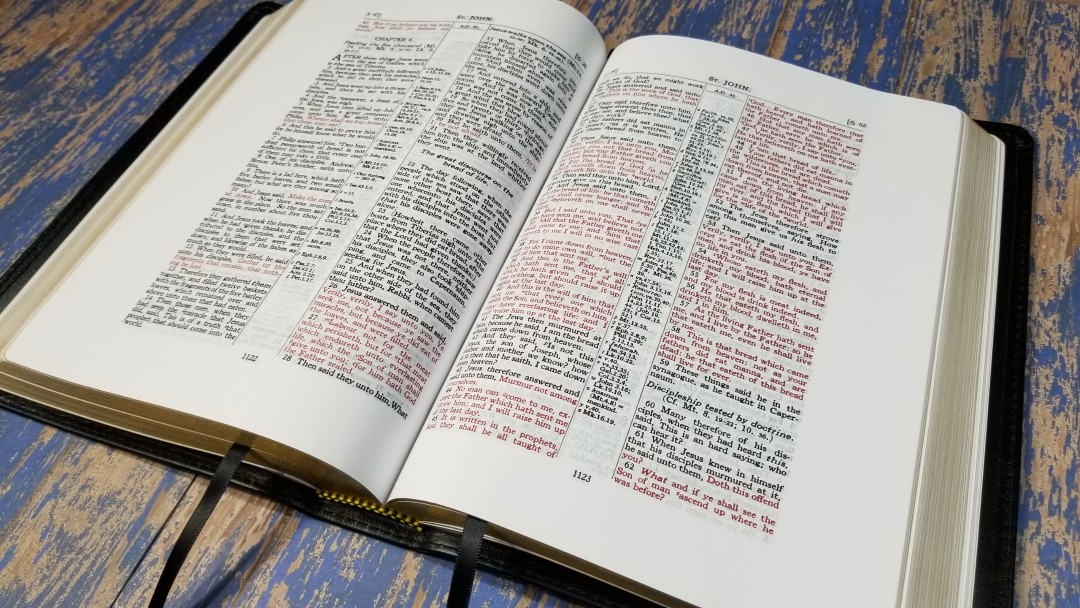
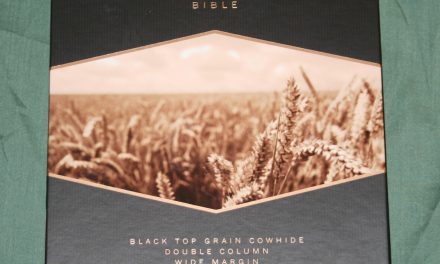

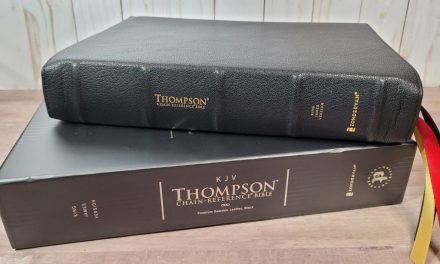
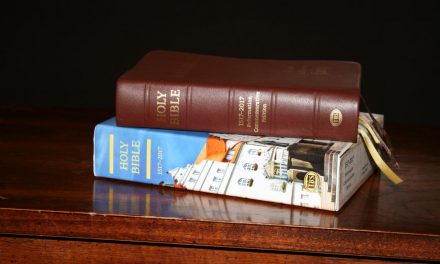





Trackbacks/Pingbacks